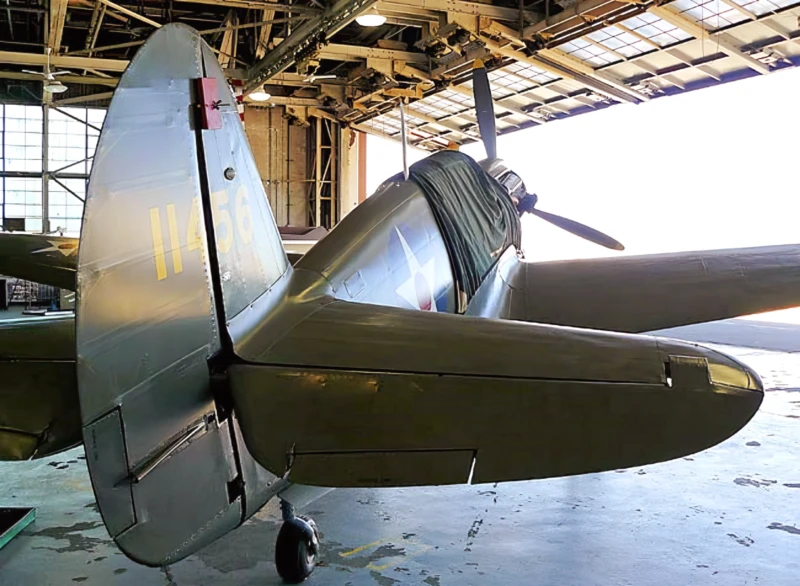
Curtiss P-40 Warhawk | |
|---|---|
| Land | Usa |
| Rolle | Jagd- und Bodenkampfflugzeug |
| Erste Fliege | 14. Oktober 1938 |
| Gebaut | 13738 |
das Curtiss P-40 Warhawk war ein einmotoriges, einsitziges, Metall- und Bodenkampfflugzeug, das 1938 zum ersten Mal flog. Das P-40-Design war eine Modifikation des früheren Curtiss P-36 Hawk, die die Entwicklungszeit verkürzte und einen schnellen Einstieg in die Produktion und den operativen Service ermöglichte. Der Warhawk wurde von den Luftstreitkräften von 28 Nationen, einschließlich der meisten alliierten Mächte während des Zweiten Weltkriegs, eingesetzt und blieb bis zum Ende des Krieges im Frontdienst. Es war nach der P-51 und der P-47 der drittmeistproduzierte amerikanische Jäger. Im November 1944, als die Produktion der P-40 eingestellt wurde, wurden 13.738 gebaut, alle in den Hauptproduktionsstätten der Curtiss-Wright Corporation in Buffalo, New York.
| Curtiss P-40 Warhawk 22 | |
|---|---|
| Fotograf | Unbekannter |
| Lokalisierung | Unbekannter |
| Fotos | 30 |
| Curtiss P-40C Warhawk Walk Around | |
|---|---|
| Fotograf | Wladimir Nikolajewitsch Jakubow |
| Lokalisierung | Flying Heritage Collection |
| Fotos | 54 |
| Curtiss P-40 Warhawk Walk Around | |
|---|---|
| Fotograf | Bill Maloney |
| Lokalisierung | American Air Power Museum |
| Fotos | 30 |
Siehe auch:
| Curtiss P-40-E Kittyhawk Walk Around | |
|---|---|
| Fotograf | Cees Hendriks |
| Lokalisierung | Unbekannter |
| Fotos | 30 |
| Curtiss P-40E Warhawk Walk Around | |
|---|---|
| Fotograf | Vladimir Yakubov |
| Lokalisierung | Fighter Factory |
| Fotos | 120 |
| Curtiss-Wright P-40N Kittyhawk Walk Around | |
|---|---|
| Fotograf | John Shupek |
| Lokalisierung | Unbekannter |
| Fotos | 12 |
das Curtiss P-40 Warhawk was an American single-engine, single-seat, all-metal fighter and ground-attack aircraft that saw extensive use by Allied powers during World War II. Though often overshadowed by faster contemporaries, the P-40 was a robust, reliable, and crucial aircraft, particularly in the early years of the conflict.
Design and Characteristics
- Rolle: Fighter and Ground-Attack. It was the third-most produced American fighter of World War II.
- Motor: It was powered by the **Allison V-1710 V-12 liquid-cooled engine**. A lack of a high-altitude, two-stage supercharger in the most numerous early variants limited the P-40’s performance above 15,000 feet.
- Bewaffnung: Armament varied, but typical P-40s were armed with **Six .50 caliber (12.7 mm) Browning machine guns** mounted in the wings. It could also carry a bomb, making it an effective fighter-bomber.
- Stärken: The P-40 was noted for its **excellent diving speed**, **tough construction**, and **heavy armor plating**, making it highly survivable in combat and an ideal platform for ground attack.
- Schwächen: Its primary disadvantage was its **poor performance at high altitudes** and its relatively **low climb rate**.
Betriebsgeschichte
The P-40 served in nearly every theatre of the war under various names and with numerous air forces:
- The Pacific and China: The Warhawk is most famously associated with the **Flying Tigers** (American Volunteer Group) in China, where its iconic shark-mouth nose art became a symbol of Allied air power. Its ruggedness and good low-to-medium altitude performance made it effective against Japanese aircraft.
- North Africa: Under British and Commonwealth service, it was known as the **Tomahawk** (early variants) and **Kittyhawk** (later variants). It was vital in North Africa, where the majority of air combat occurred at lower altitudes where the P-40 was competitive.
- Soviet Union: The P-40 was supplied to the Soviet Union through the Lend-Lease Act, where it was used as a frontline fighter, primarily for ground attack and air superiority at low altitudes.
The P-40 Warhawk was instrumental in keeping Allied air forces competitive in the early stages of World War II until more advanced fighters became widely available.
Views : 12398
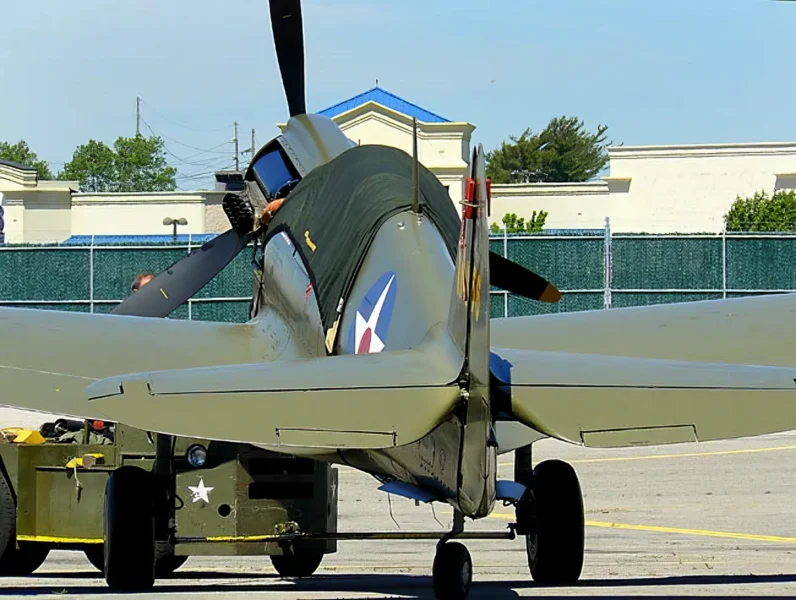
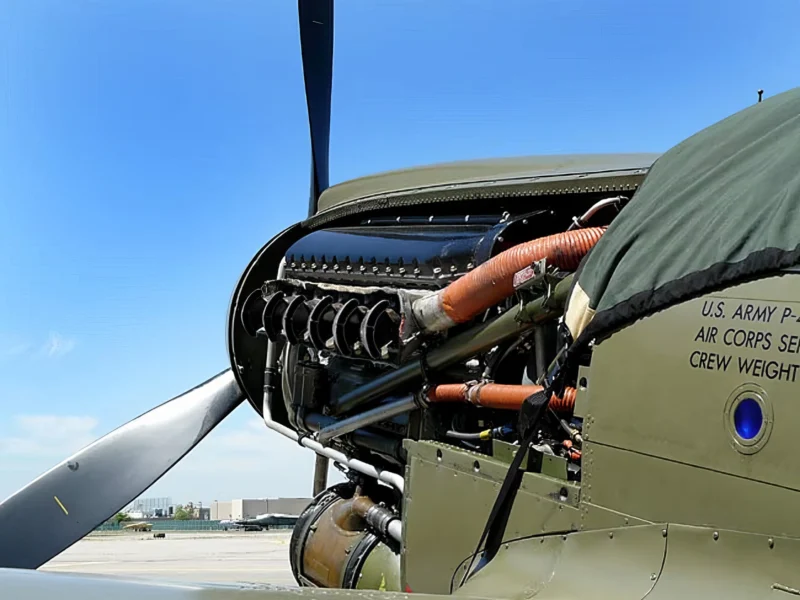
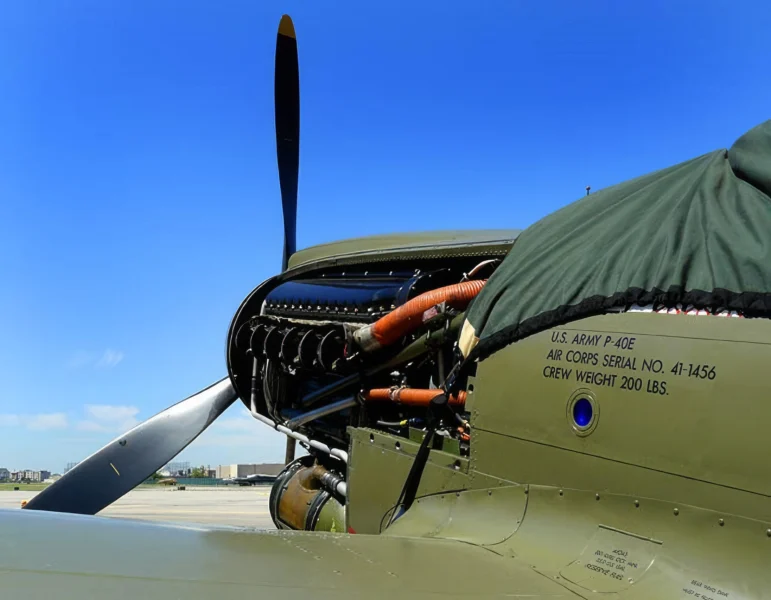
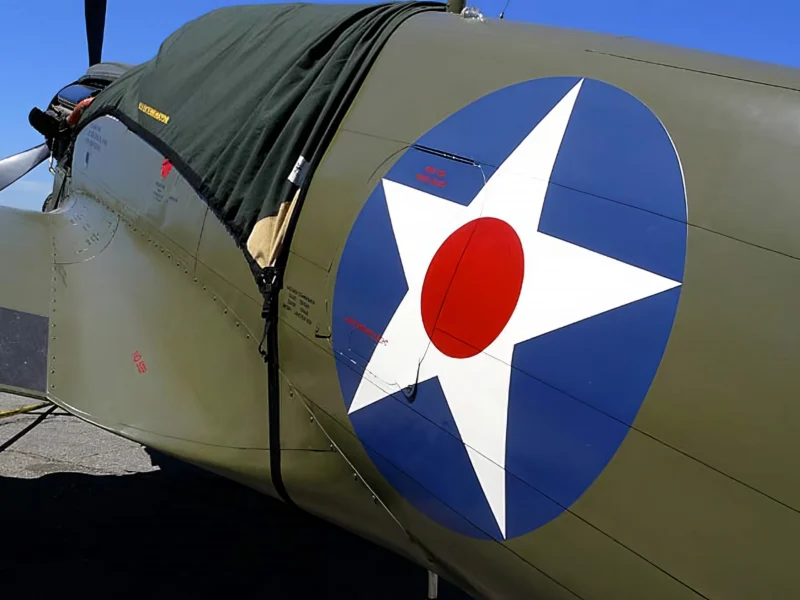
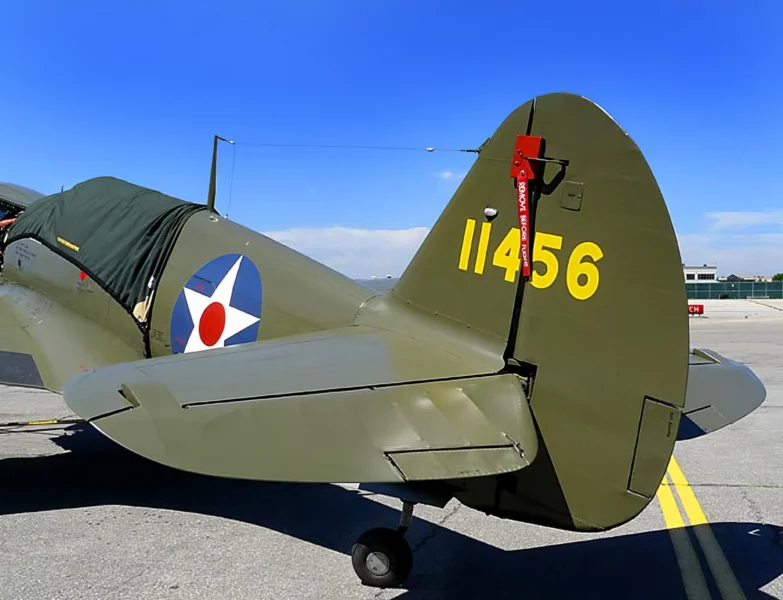
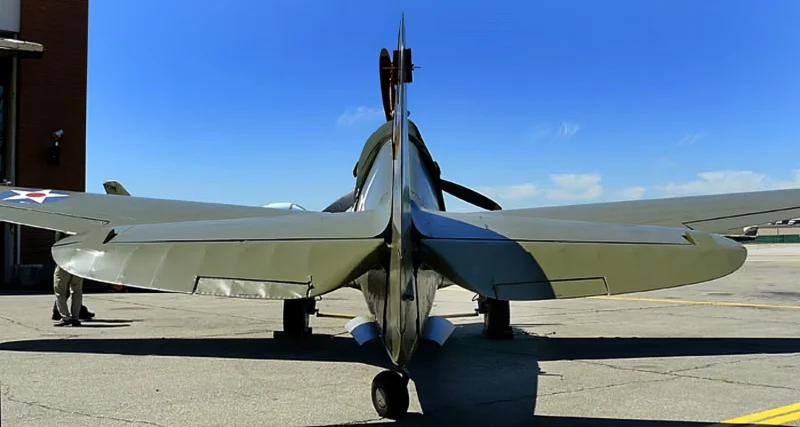
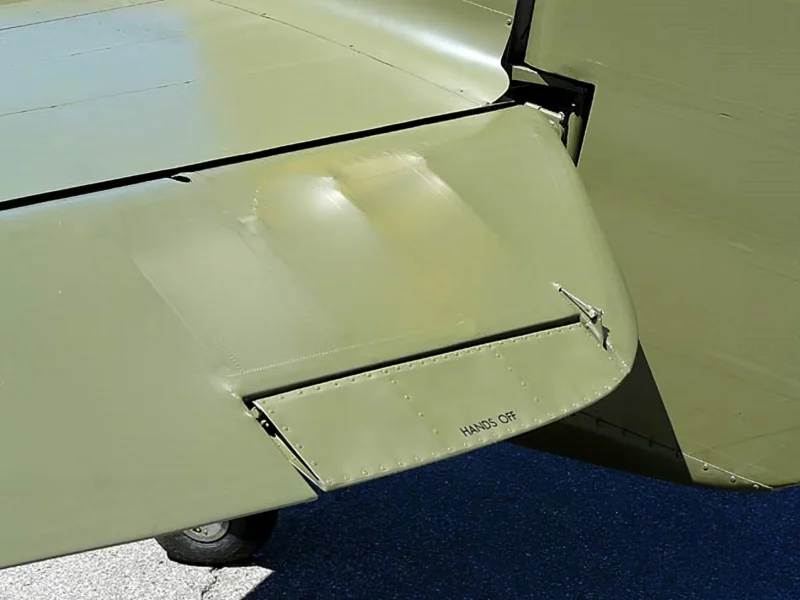
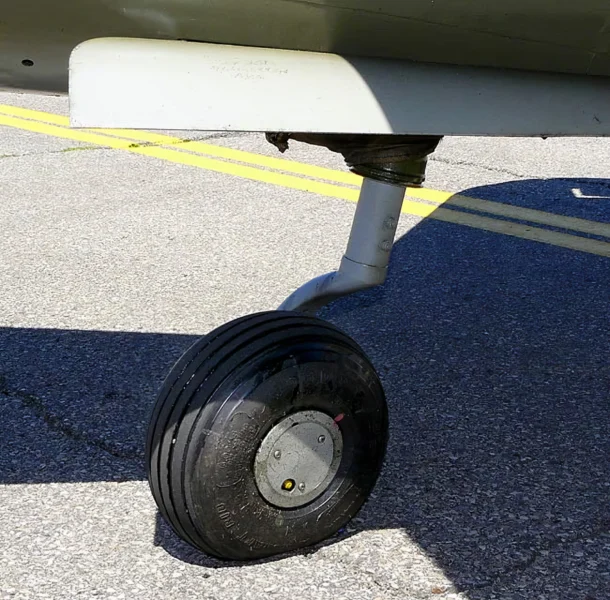
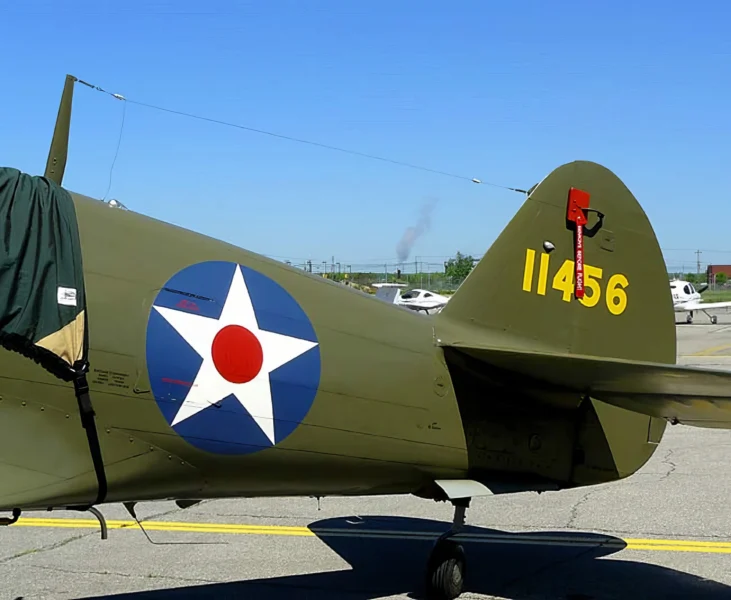


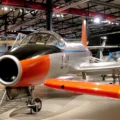
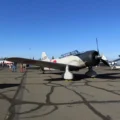
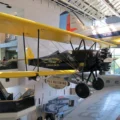
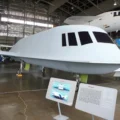
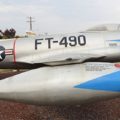
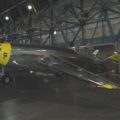
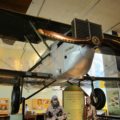
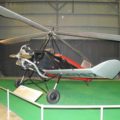
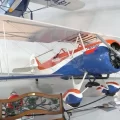
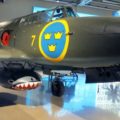
Neuer Satz von 54 Fotos von einem Curtiss P-40C Warhawk